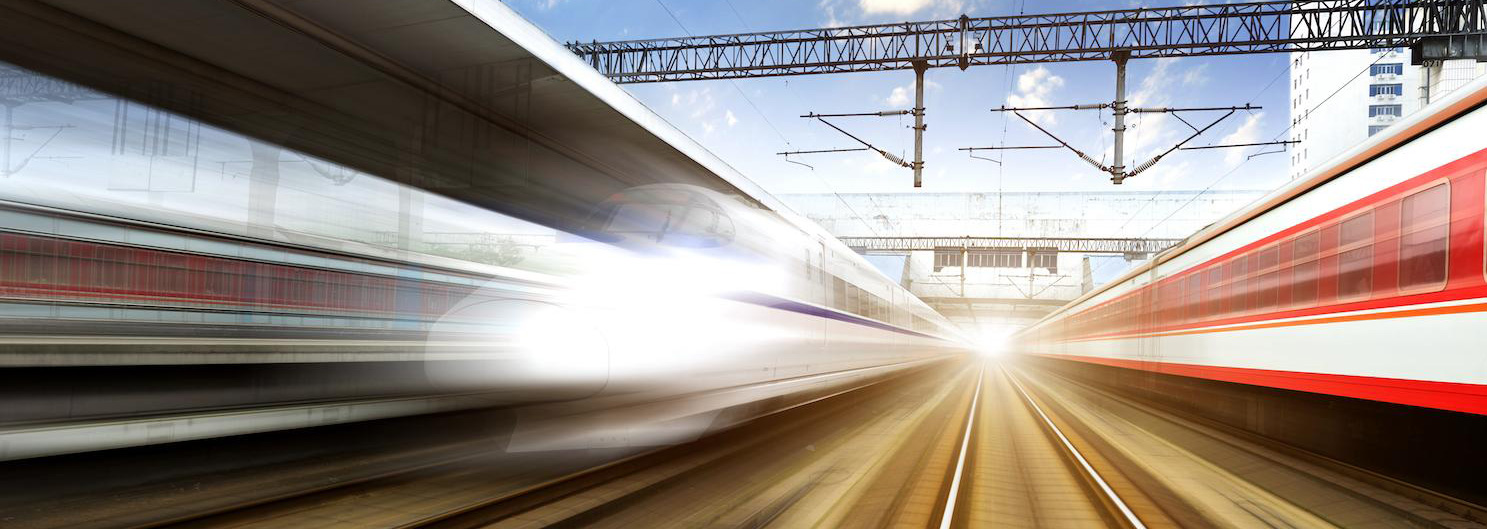
21 Feb Revolutionizing Rail Communication: The Role of Mesh Networks
In the ever-evolving landscape of the rail industry, technological advancements play a pivotal role in enhancing efficiency, safety, and communication. One such innovation making significant strides is the implementation of mesh networks. Mesh networks offer a decentralized and resilient communication infrastructure, bringing about transformative changes in how railways operate, communicate, and ensure passenger and cargo safety.
Understanding Mesh Networks
Mesh networks are decentralized communication systems where each node in the network acts as a relay, seamlessly connecting with adjacent nodes to transmit data. This interconnected web-like structure eliminates the dependence on a central hub, making mesh networks highly resilient to failures and disruptions. In the rail industry, this translates to a more robust and reliable communication system.
Enhanced Reliability and Redundancy
Traditional communication systems in the rail industry often rely on a centralized point of control, which can be susceptible to failures or interruptions. Mesh networks address this vulnerability by creating multiple paths for data transmission. If one node fails or loses connectivity, the data can still find alternative routes, ensuring continuous and reliable communication.
In the context of rail operations, this redundancy is crucial for maintaining real-time communication between trains, signaling systems, and control centers. Mesh networks enable seamless data transmission even in challenging environments, such as tunnels, remote areas, or places with signal interference.
Improved Safety and Security
Safety is paramount in the rail industry, and mesh networks contribute significantly to enhancing it. The real-time communication facilitated by mesh networks allows for immediate responses to emergencies, reducing the risk of accidents and improving overall safety measures.
Moreover, mesh networks offer enhanced security features. The decentralized nature of the network makes it more resistant to cyber threats, as there is no single point of vulnerability. This is particularly important in an era where cybersecurity concerns are on the rise, and critical infrastructure, such as rail networks, requires robust protection against potential attacks.
Seamless Connectivity for Passenger Services
In addition to improving operational efficiency and safety, mesh networks also benefit passenger services. Enhanced connectivity on trains allows passengers to enjoy uninterrupted internet access, making their travel experience more enjoyable. This is particularly relevant in today’s digital age, where passengers expect reliable Wi-Fi and seamless connectivity during their journeys.
